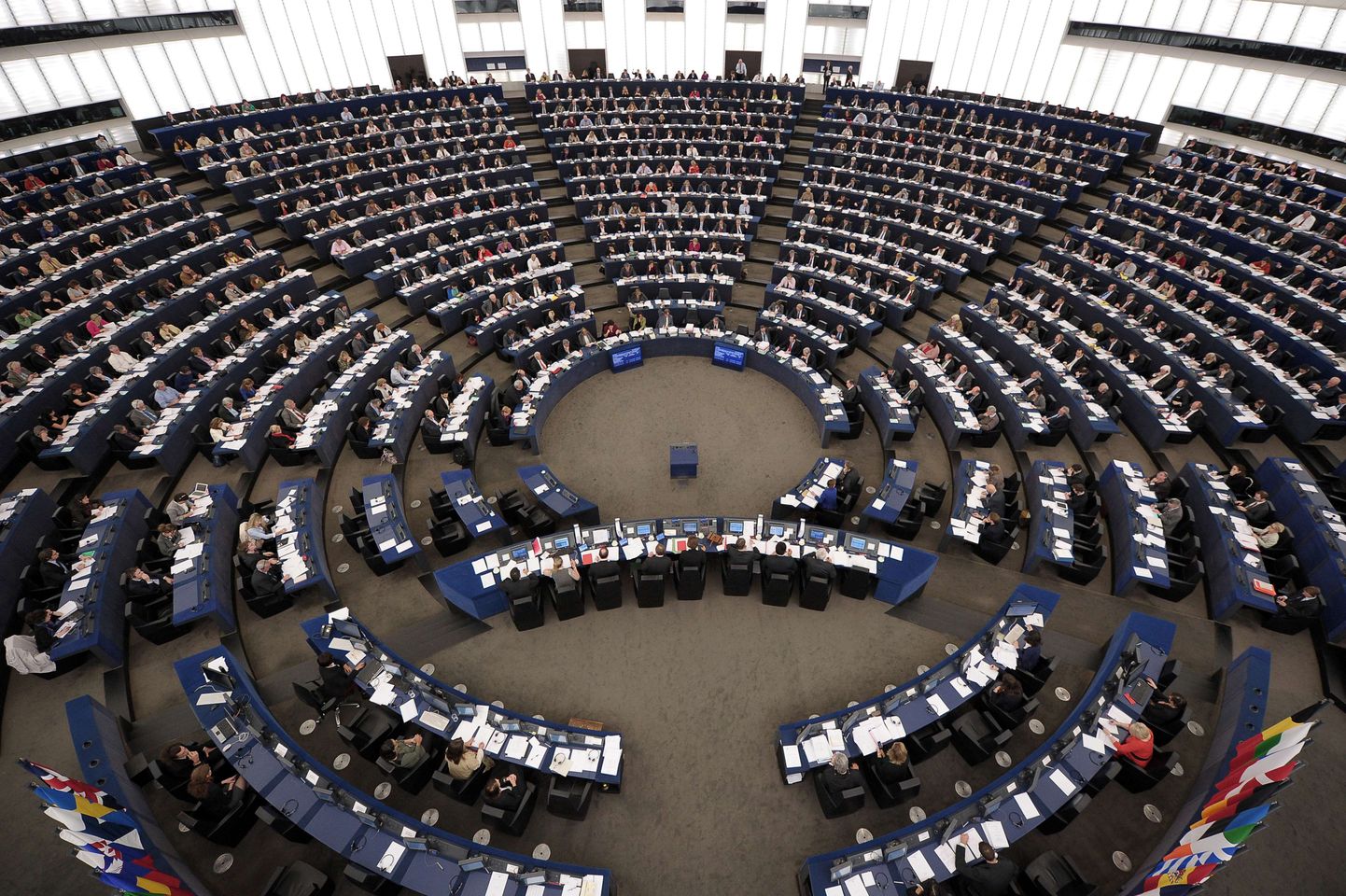
In Estonia, a parliamentarian is usually assessed by the amount of sessions he’s sat at. Taking the same measuring rod to our MEPs, they’re among the top diligent of the bunch.

In Estonia, a parliamentarian is usually assessed by the amount of sessions he’s sat at. Taking the same measuring rod to our MEPs, they’re among the top diligent of the bunch.
By February 5th, Estonian delegates had attended 89.38 per cent of the meetings (at least at the time their presence was checked). With the result, Estonia shares 2nd and 3rd spot with Slovakia. Only Austrians did better – over 91 per cent.
Even so, attendance says nothing of the essence of the work. What should one go by, to determine how good a MEP has been at his job?
As assured by Peter Spiegel, Brussels bureau chief at Financial Times, assessing achievements of MEPs is indeed a lot harder that those at national parliaments.
«In national parliaments, delegates can initiate and approve laws like it’s just unthinkable in the European Parliament,» noted Mr Spiegel. «As EU’s laws come from the European Commission and also pass through the Council of the European Union, a single MEP may only marginally affect these.»
Andrew Gardner, a journalist at European Voice, said that it was difficult for delegates from all Eastern Europe, not just from Estonia, to stand out in the European Parliament, having rarely landed important jobs like committee chairmen etc.
Benjamin Fox, economy journalist for EUobserver.com mainly focussed at covering EU institutions, an Englishman and former adviser at European parliament, said it was difficult to measure MEP activities as each have their own preferences. Some are not interested in legislative EU work at all, content to raise their profile in home country.
«I think the best way to assess reliability of a MEP, and his status in his political grouping, is to see if he has been trusted with rapporteur status with weighty legislation,» advised Mr Fox.
As pointed out by FT’s Mr Spiegel, some European Parliament rapporteurs are exceedingly influential. «But only a few – not all can attain such positions.»
A rapporteur is a MEP responsible for some certain draft legislation, with a greater leverage at what the final content thereof will be. Therefore, these jobs are distributed, according to a points system, between political groupings; the bigger ones have an advantage. For rapporteurship, a constant political battle is waged in the European Parliament.
Of Estonia’s six representatives, four have managed to rise to rapporteur status over the last tenure. In 2012, Tunne Kelam was foreign affairs committee’s rapporteur for a cyber security and defence related resolution. The resolution was approved by the European Parliament in November, 2012.
Kristiina Ojuland was foreign affairs committee rapporteur related to advice, by the parliament, to impose uniform Council of the European Union visa restriction on Russian officials related to the Sergei Magnitsky case. The document was approved, by parliament, in October 2012. Even so, the measures are yet to be applied.
In 2013, Vilja Savisaar-Toomast was rapporteur for transport and tourism committee regarding a proposal to European Parliament and Council of the European Union, to sign a directive clarifying rules of technical inspection of vehicles.
In 2012, Indrek Tarand was foreign affairs committee rapporteur regarding role of single European security and defence policy in case of crisis and natural disasters due to climate.
Siiri Oviir and Ivari Padar, over their five years as MEPs, have never had the chance to be rapporteur.
In addition to the most important status, the rapporteur status, MEPs may also be shadow rapporteurs at drafts. A shadow rapporteur is a MEP appointed by his parliamentary grouping to tackle a definite draft. A shadow rapporteur will propose amendments to a rapporteur, which fit his party. Naturally, a shadow rapporteur’s impact is much smaller. Over the last five-year period, all Estonian delegates have been used as shadow rapporteurs.
According to Ben Fox, the EUobserver journalist, it also makes sense to see to how many reports a MEP has suggested amendments. «That shows how busy a MEP is, in his committee,» thinks the man.
Of the six Estonian MEPs, most motions to amend have come by Tunne Kelam (48); Ivari Padar comes second (31), and Vilja Savisaar-Toomast third (28). Then come Siiri Oviir (26), Kristiina Ojuland (23), and Indrek Tarand (21).
«Some MEPs think it very important how many speeches, questions, or voting motive explanations they have presented at sessions; in my opinion, this data is of little value,» noted Mr Fox.
Mr Fox added that, in his work for EUobserver, of Estonian MEPs he’s had most contacts with Ivari Padar, then Vilja Savisaar-Toomast. «Both have a good reputation; even so, for fairness’ sake, it must be added that neither is very well known in Brussels.»
Andrew Gardner, the European Voice journalist, added that it should be important for Estonia to have the strongest possible representatives elected into the European Parliament, as that would provide for an advantage reaching for the power positions.
«The dominance of old member states at the leadership of committees is unsustainable and unjustifiable, and it should be challenged,» thinks Mr Gardner. «The best way to do this is sending politicians zealous and eager, to the parliament.»